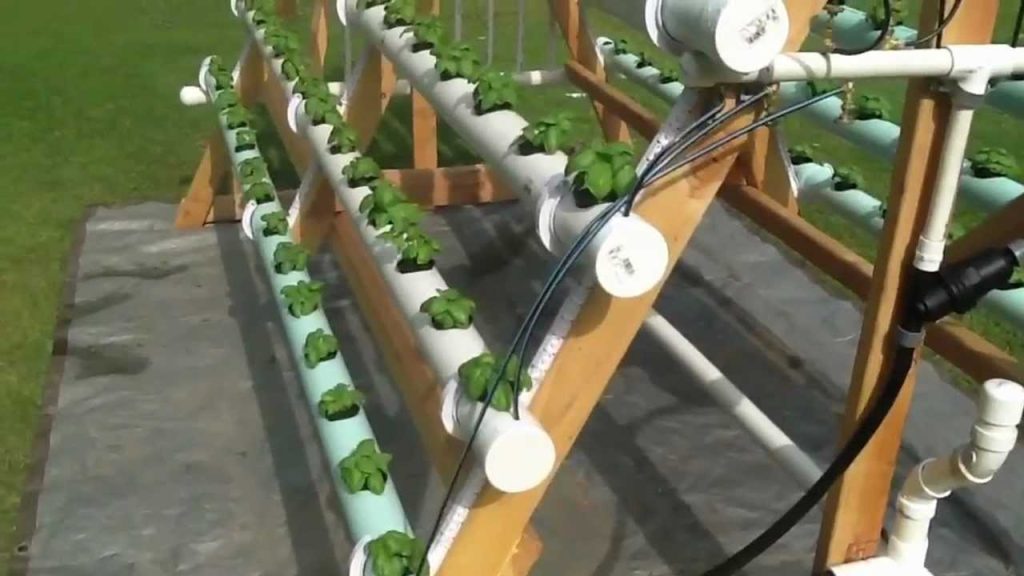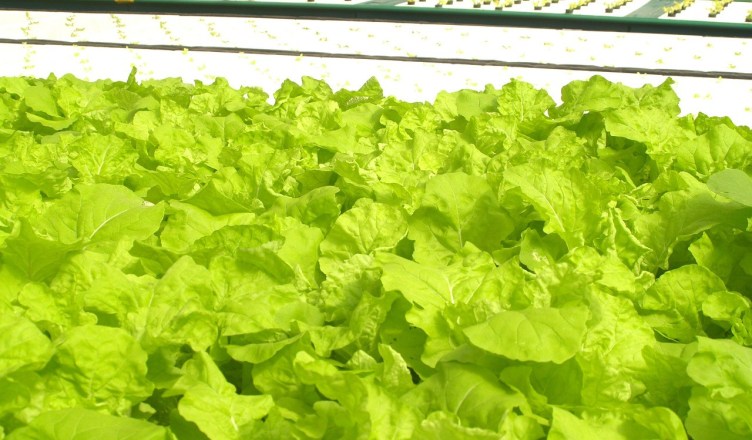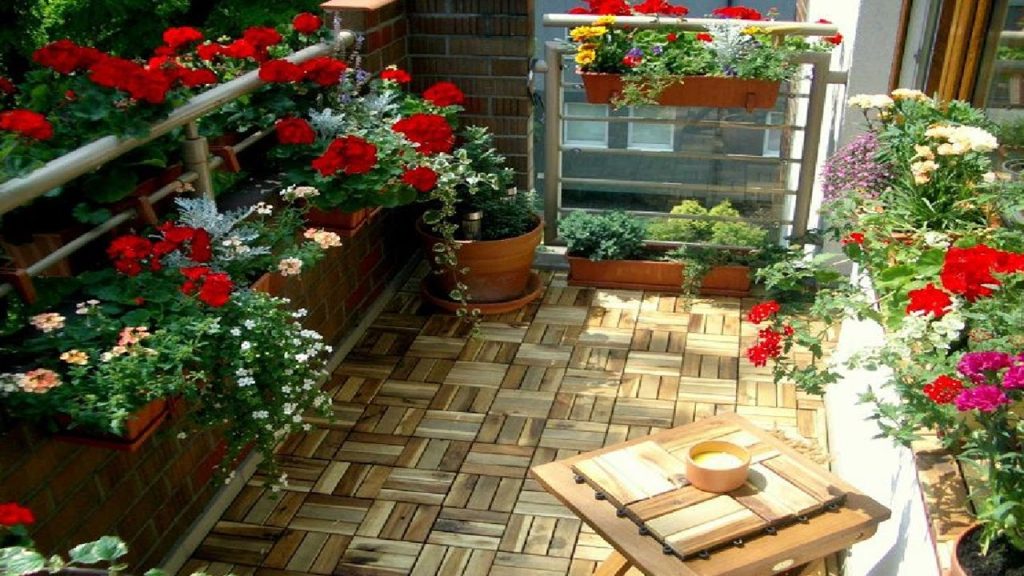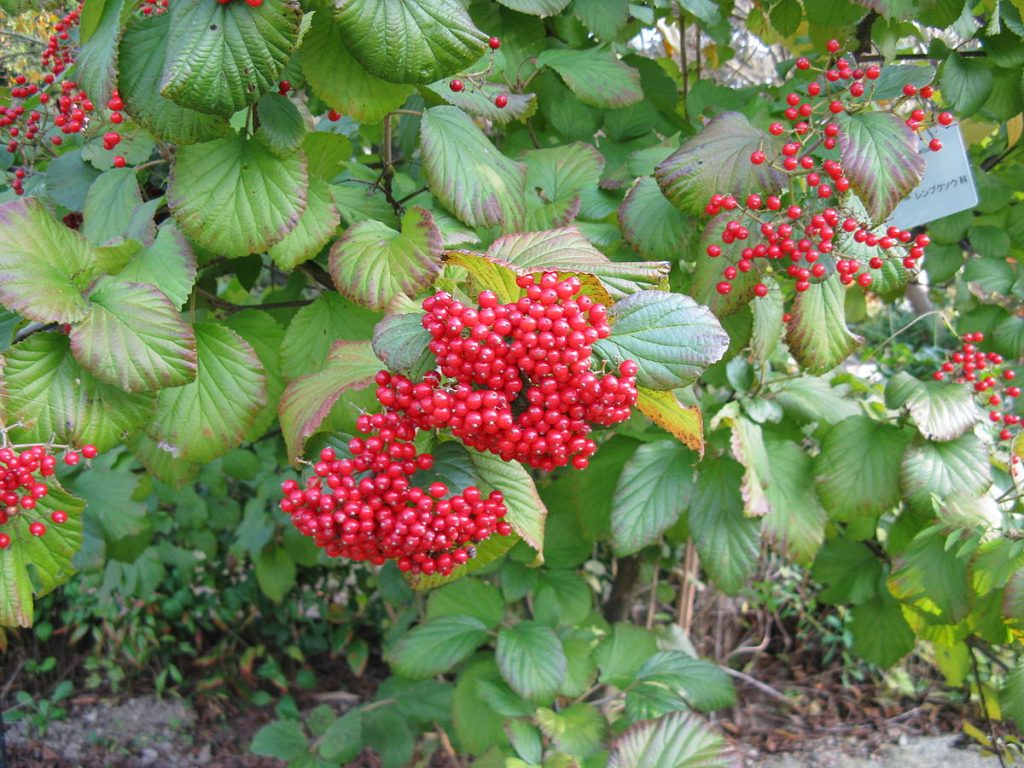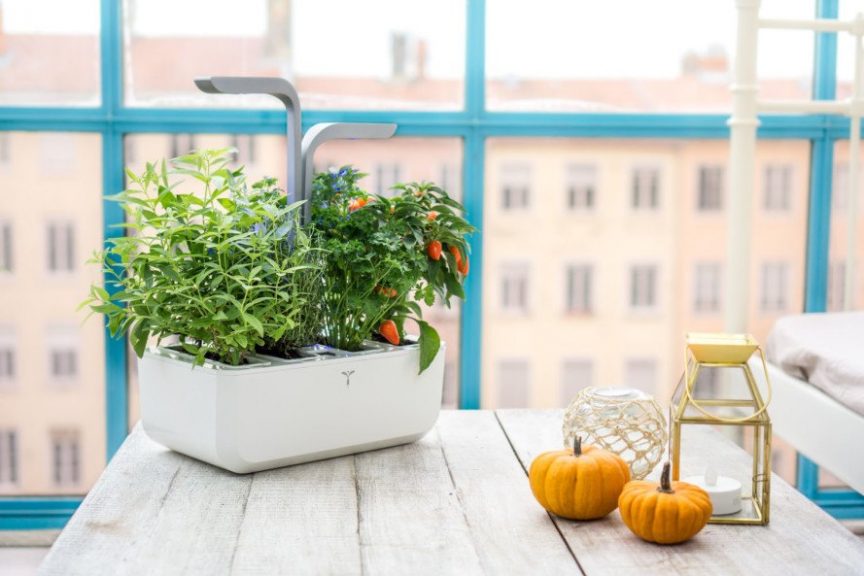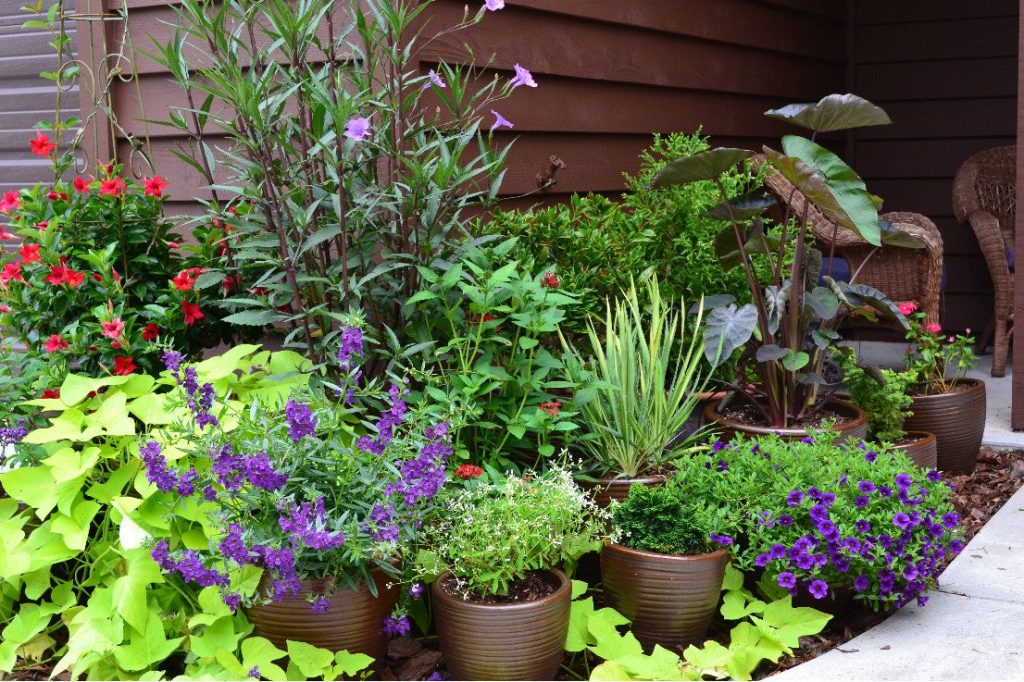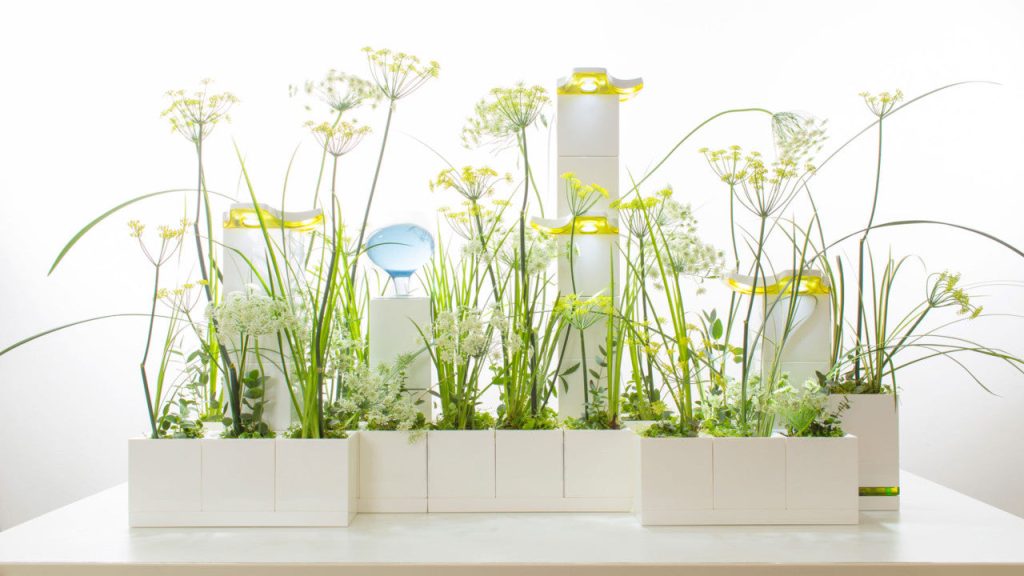Whatever type of pH regulator you use, they are always sold in 2 forms: pH plus ( pH up) and pH less ( pH down). Aside from that, there are 2 types of pH regulator:
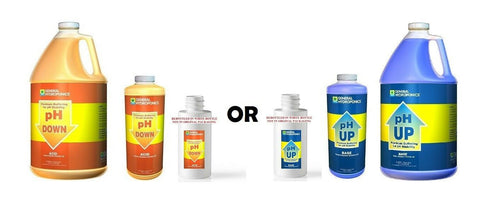
Liquid pH regulators.
In liquid pH regulator you can find 2 varieties:
PH Down Regulator (or pH Buffer) with biological buffers.
In contrast to basic pH regulators, the liquid pH regulator ( pH down) is not simply an acidic solution. These are specially designed solutions based on a balanced mixture of acids and biological buffers to stabilize pH and water while also regulating calcium. It is mainly added to the nutrient solution to lower the pH level and keep it low. At each renewal of the nutrient solution, the pH is stabilized at a constant level.
PH Up regulator with silicate
The liquid pH regulator ( pH Up) is very useful for users of reverse osmosis or who cultivate with demineralized water because it contains silicate which is an element whose deficiency limits the growth of plants in hydroponics. Silicate is very difficult to dissolve, so without going through a liquid pH regulator type ( pH up) your small plants may be missing.
PH regulators in powder form.
In pH regulator powder I know only one range:
PH Down Regulator – Pure, concentrated and harmless
The pH down regulator powder promotes the absorption of mineral salts by the plant as well as nutrients brought by water. It is mainly made of various acids that are found in the industry in different forms of concentrate. That’s why its dry pellet form they are harmless and can be handled by man. Once in the water, however, acids take over and granules become powerful pH reducers. It also offers the advantage of being in the form of crystals that are 100% eliminated by water, so do not cause any waste or pollution.
In addition to regulating the pH, the pH down powder (granule) provides other nutrients ideal for the growth and evolution of the plant:
- Phosphorus, ideal for the flowering of the plant and healthy roots.
- Magnesium, sulfur and trace elements ideal for the development of the plant.
- Nitrate, assimilated slowly so as not to hinder flowering.
Nitrate, in a form that is assimilated only slowly by the plant, and therefore does
not harm the flowering.








